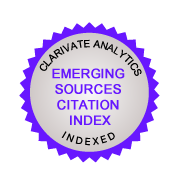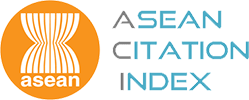EFFECTS OF INTEGRATING DIRECT CASH AID INTO FUEL SUBSIDY REMOVAL IN THE DOMESTIC COMMODITY MARKET IN MALAYSIA USING COMPUTABLE GENERAL EQUILIBRIUM (CGE) MODEL
DOI:
https://doi.org/10.32890/ijms.25.2.2018.10502Keywords:
Fuel subsidy removal, Direct cash aid, Computable general equilibrium (CGE) modelAbstract
Direct cash aid has been introduced to protect the poor from the impact of rising fuel prices in efforts to remove subsidies in Malaysia. Thus, this paper is aimed at evaluating the changes in prices and quantities of consumer commodities produced by 17 sectors in response to the integration of direct cash aid into fuel subsidy removal. Specifically, the direct cash aid was a reallocation of saved resources through the complete removal of fuel subsidy. This study was carried out using the Lofgren-based computable general equilibrium (CGE) model, by simulating the before and after imposition of fiscal integration. With the withdrawal of government fuel subsidy, the findings showed that recipients of the cash aid tended to spend on basic necessities such as food and beverages, and petrol (for individual vehicle consumption). Nonetheless, the sudden increase in consumer expenditure led to higher consumer prices as current supplies was unable to catch up with increase in demand. Thus, it is advisable to have other effective, concurrent development programs to stimulate future economic development.
Keywords: Fuel subsidy removal, Direct cash aid, Computable general equilibrium (CGE) model.
















